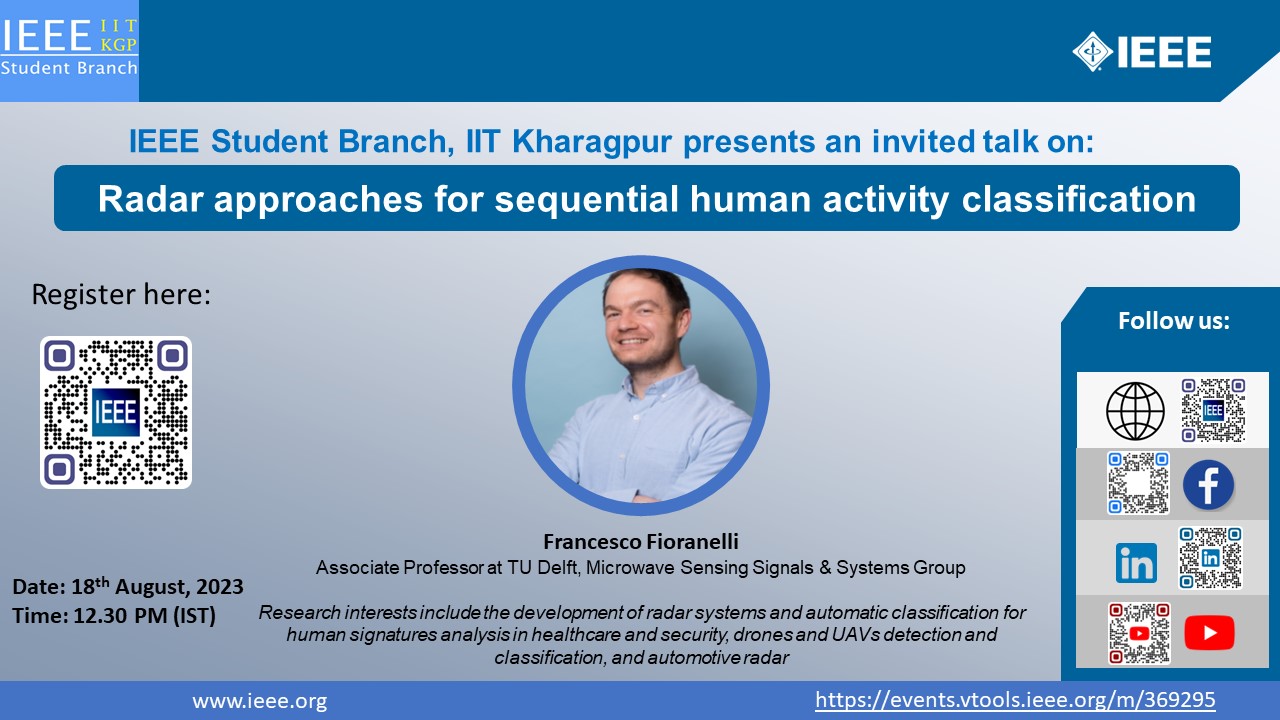Dr. RATNAJIIT MUKHERJEE, whose academic journey began with a Bachelor's in Information Technology from West Bengal University of Technology in 2009. His early years were marked by impactful research and development in Assistive Technologies and Human Computer Interaction at IIT Kharagpur, where he contributed to the creation of a portable communication system for those with multiple disabilities. Driven by a profound interest in Image Processing and photographic systems, Dr. Mukherjee pursued a PhD on High Dynamic Range Image and Video Compression at the University of Warwick, UK. During this period, he made notable contributions to HDR compression algorithms and participated in the international MPEG committee, influencing the development of the widely used HEVC / H.265 video coding standard. Following his doctorate, Dr. Mukherjee pursued post-doctoral research funded by the Office of Naval Research, London, focusing on Object Detection under extreme lighting conditions. Leveraging his expertise in HDR image processing, he integrated it with emerging deep learning-based computer vision. In his industry roles in the Netherlands, he served as an AI researcher on Autonomous Driving and HD navigation for 3.5 years, before taking on the role of a Senior AI consultant at the Atos group. Currently, as the AI team lead at Lensor (part of the Pon Group), Dr. Mukherjee modestly contributes to the development of an end-to-end AI solution for vehicle exterior damage detection, benefiting several vehicle lease and rental companies in the Netherlands. Short Abstract:- Over the past decade, we have witnessed a transformative shift in the realm of Artificial Intelligence, elevating it to a pervasive concept in both academia and industry. From the deployment of robust Computer Vision systems in contexts like Autonomous Driving, Surveillance, and Industrial predictive maintenance to the monumental strides of Large Language Models (LLMs), proficient in comprehending human languages and serving as efficient virtual assistants (e.g., chatbot applications), and the recent surge in generative modelling—these advancements have set the stage for comprehensive digital transformation across diverse industries. This transformative journey promises heightened efficiency, productivity, and innovation. However, the journey toward widespread AI integration into real-world applications is not devoid of formidable challenges. Key obstacles include the integration of AI technologies into existing infrastructures, the imperative support of strategic management, ensuring seamless integration for uninterrupted operations, and the pressing issue of a critical shortage of skilled professionals. In the forthcoming discussion, I aim to delve into two compelling case studies. Through these, we will explore the intricacies of deploying large-scale AI solutions in the domain of road and railway predictive maintenance. By navigating the challenges and presenting viable solutions, we hope to contribute valuable insights to the dynamic landscape of AI deployment in practical scenarios.publications between book chapters, journal and conference papers, edited the books on “Micro-Doppler Radar and Its Applications” and "Radar Countermeasures for Unmanned Aerial Vehicles" published by IET-Scitech in 2020, and received three best paper awards.


